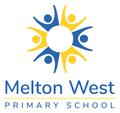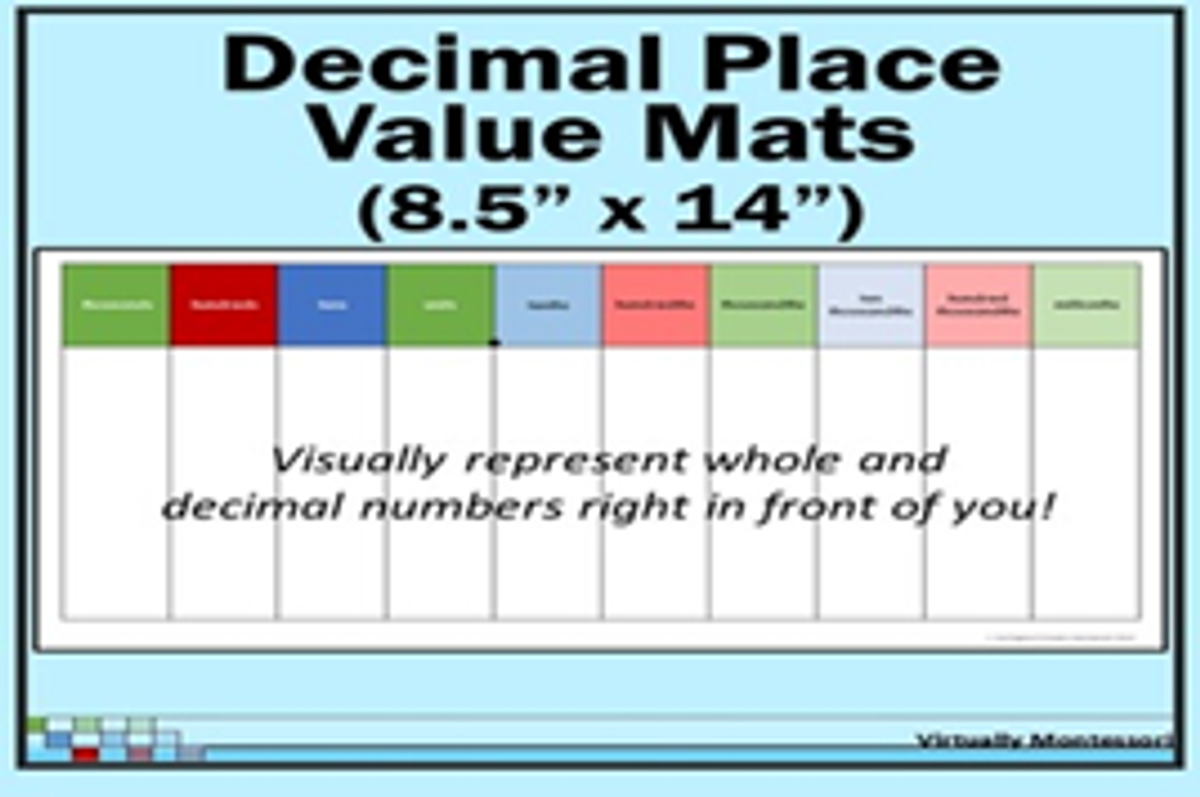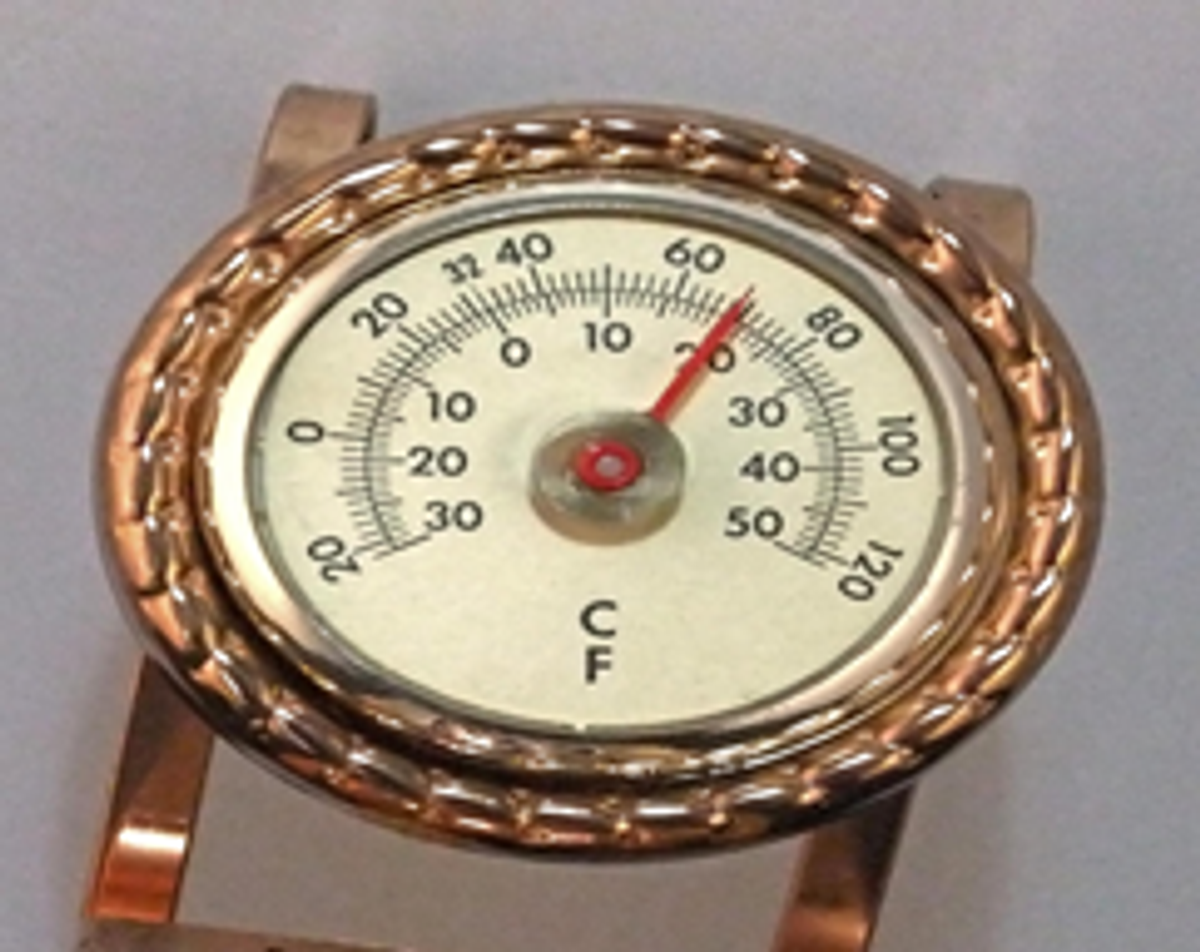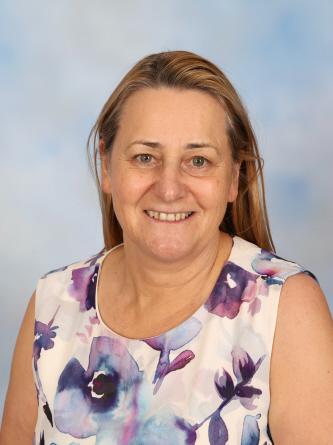Numeracy Report
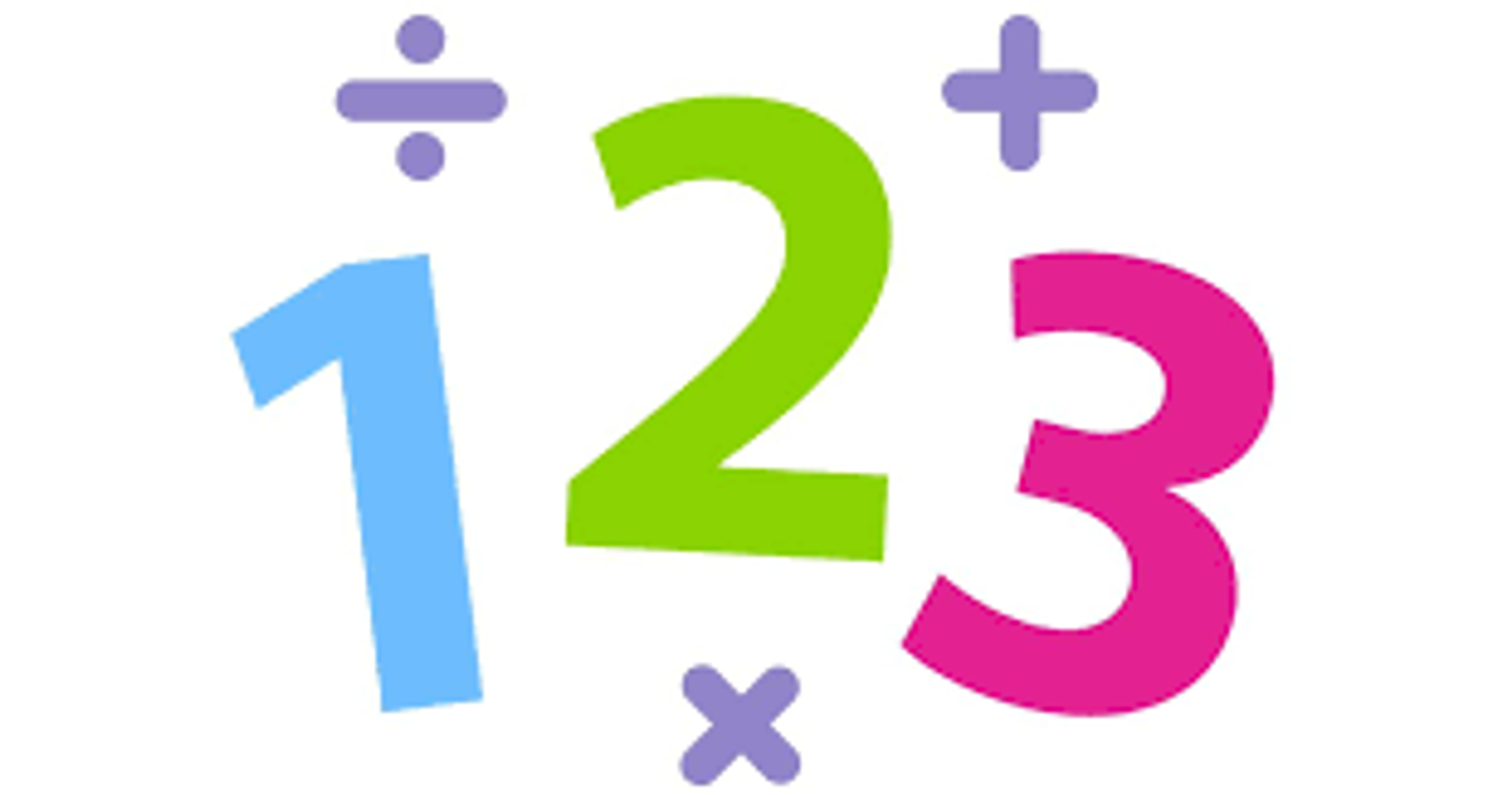
WHAT DO WE LEARN IN MATHEMATICS?
Year Four
Dear Parents and Carers,
Over the coming weeks I will continue to outline what the teaching and learning Mathematics curriculum encompasses for each year level. In this article I will focus on Year Four. In the classroom children may be working at level, below level or above level. Teachers differentiate the teaching and tasks to cater for the learning each child needs to access.
In level 4, students extend the number system to simple decimal fractions, and broaden their use of measures and scales. There are three major areas Number and Algebra, Measurement and Geometry, Statistics and Probability.
Number and Algebra
Number and place value
- Investigate and use the properties of odd and even numbers.
- Recognise, represent and order numbers to at least tens of thousands.
- Apply place value to partition, rearrange and regroup numbers to at least tens of thousands to assist calculations and solve problems.
- Investigate number sequences involving multiples of 3, 4, 6, 7, 8, and 9.
- Recall multiplication facts up to 10 × 10 and related division facts.
- Develop efficient mental and written strategies and use appropriate digital technologies for multiplication and for division where there is no remainder.
Money and financial mathematics
- Solve problems involving purchases and the calculation of change to the nearest five cents with and without digital technologies.
Fractions and Decimals
- Investigate equivalent fractions used in contexts.
- Count by quarters, halves and thirds, including with mixed numerals. Locate and represent these fractions on a number line
- Recognise that the place value system can be extended to tenths and hundredths. Make connections between fractions and decimal notation
Patterns and algebra
- Explore and describe number patterns resulting from performing multiplication.
- Solve word problems by using number sentences involving multiplication or division where there is no remainder.
- Use equivalent number sentences involving addition and subtraction to find unknown quantities.
- Define a simple class of problems and use an effective algorithm that involves a short sequence of steps and decisions to solve them
Measurement and Geometry
Using units of measurement
- Use scaled instruments to measure and compare lengths, masses, capacities and temperatures.
- Compare objects using familiar metric units of area and volume.
- Convert between units of time.
- Use am and pm notation and solve simple time problems.
Shape
- Compare the areas of regular and irregular shapes by informal means.
- Compare and describe two dimensional shapes that result from combining and splitting common shapes, with and without the use of digital technologies.
- Explain and compare the geometric properties of two-dimensional shapes and three-dimensional objects.
Location and transformation
- Use simple scales, legends and directions to interpret information contained in basic maps.
- Create symmetrical patterns, pictures and shapes with and without digital technologies.
Geometric Reasoning
- Compare angles and classify them as equal to, greater than or less than a right angle.
Statistics and Probability
Chance
- Describe possible everyday events and order their chances of occurring.
- Identify everyday events where one cannot happen if the other happens.
- Identify events where the chance of one will not be affected by the occurrence of the other.
Data representation and interpretation
- Select and trial methods for data collection, including survey questions and recording sheets.
- Construct suitable data displays, with and without the use of digital technologies, from given or collected data. Include tables, column graphs and picture graphs where one picture can represent many data values.
- Evaluate the effectiveness of different displays in illustrating data features including variability.
Kind regards,
Jennifer O’Connor
Assistant Principal
